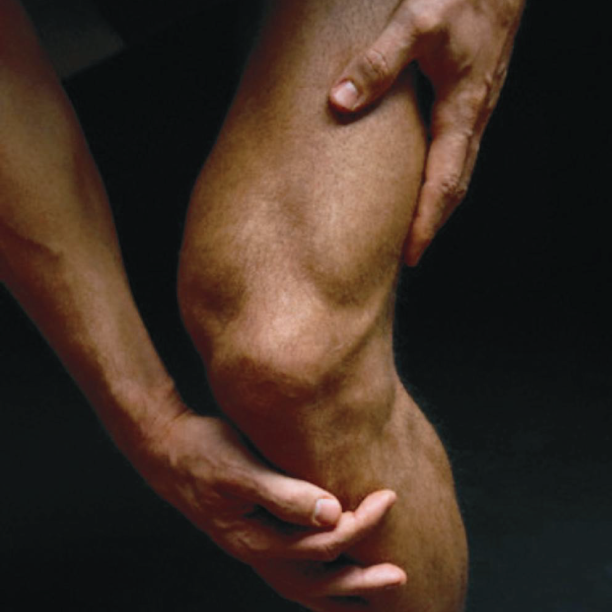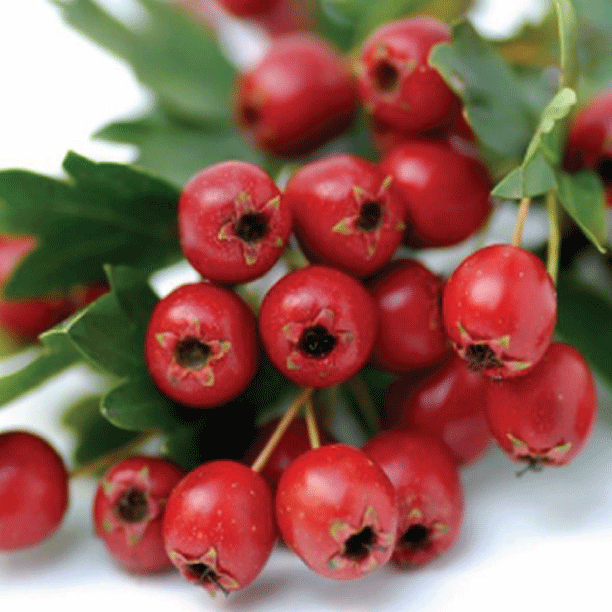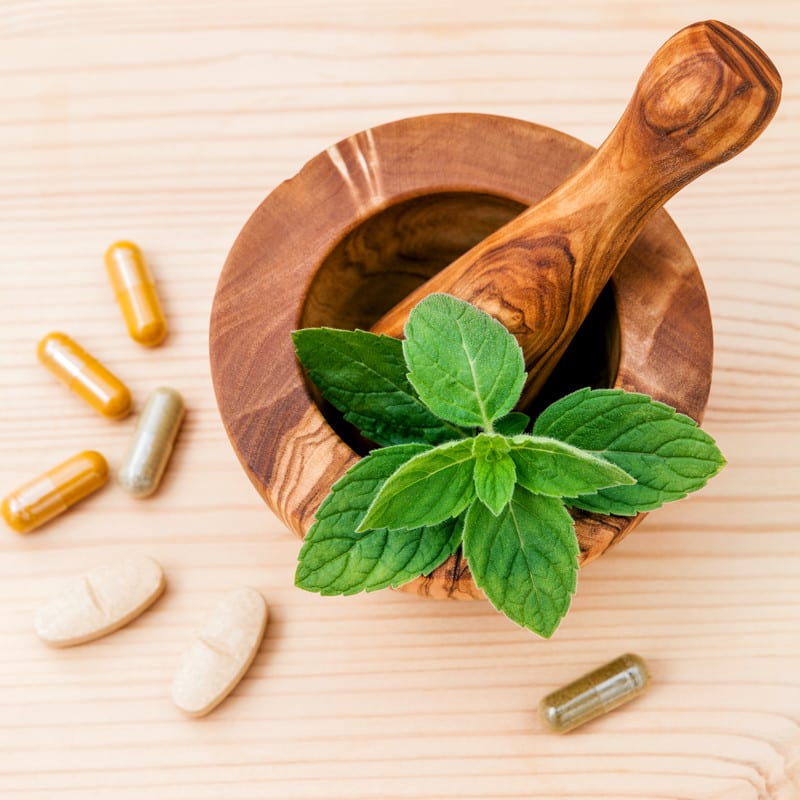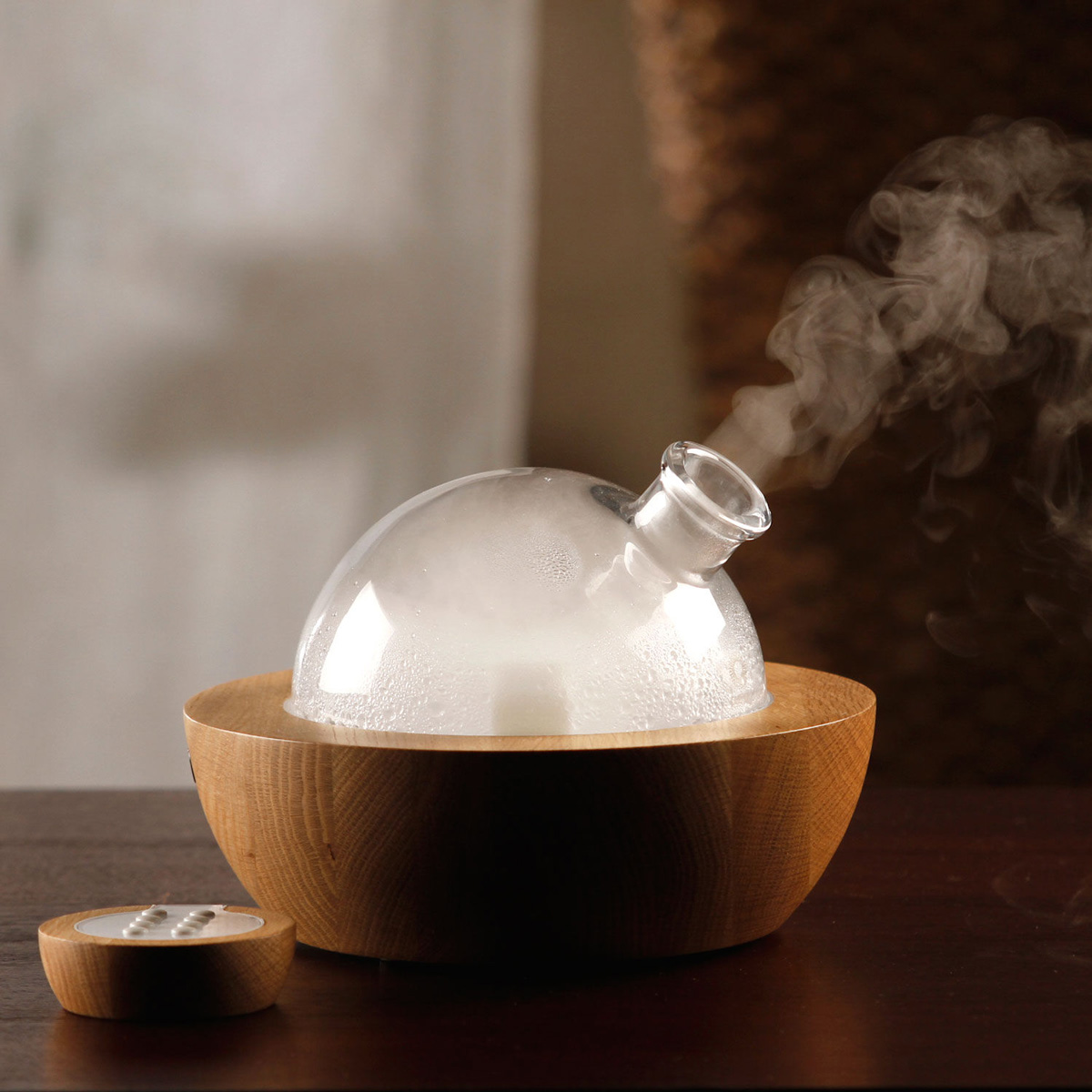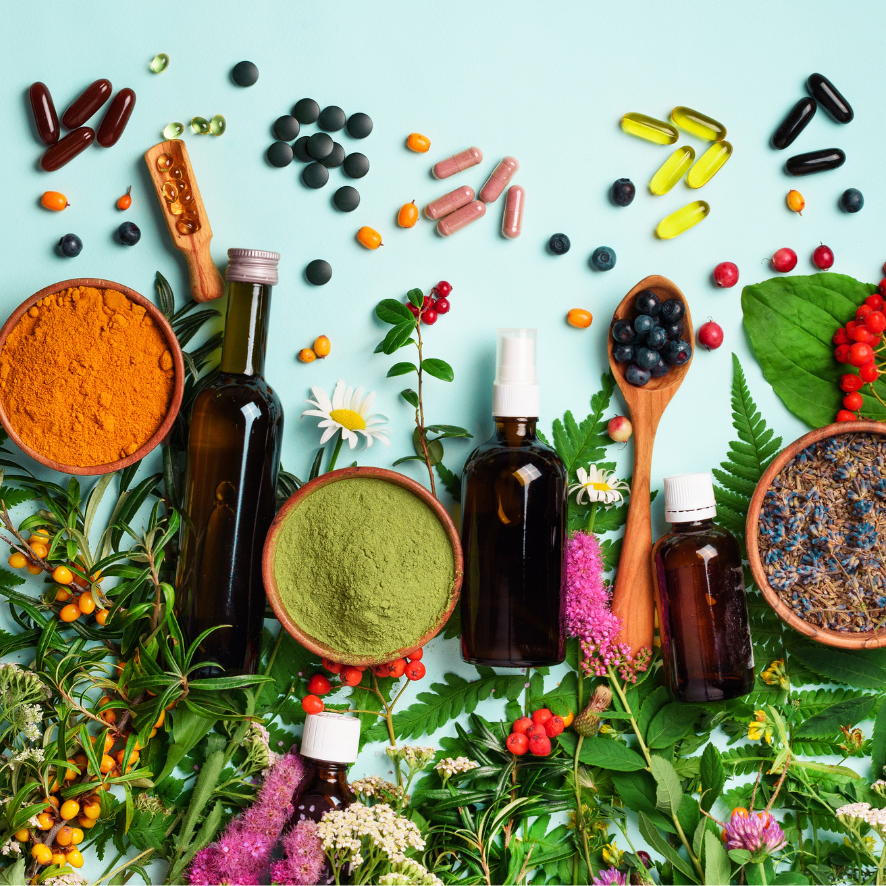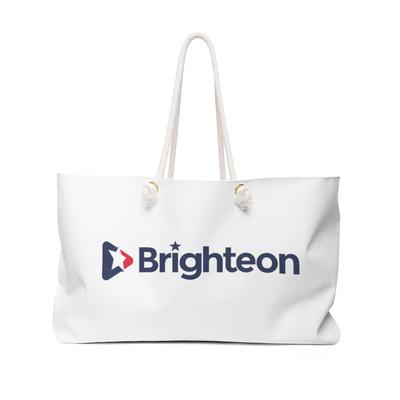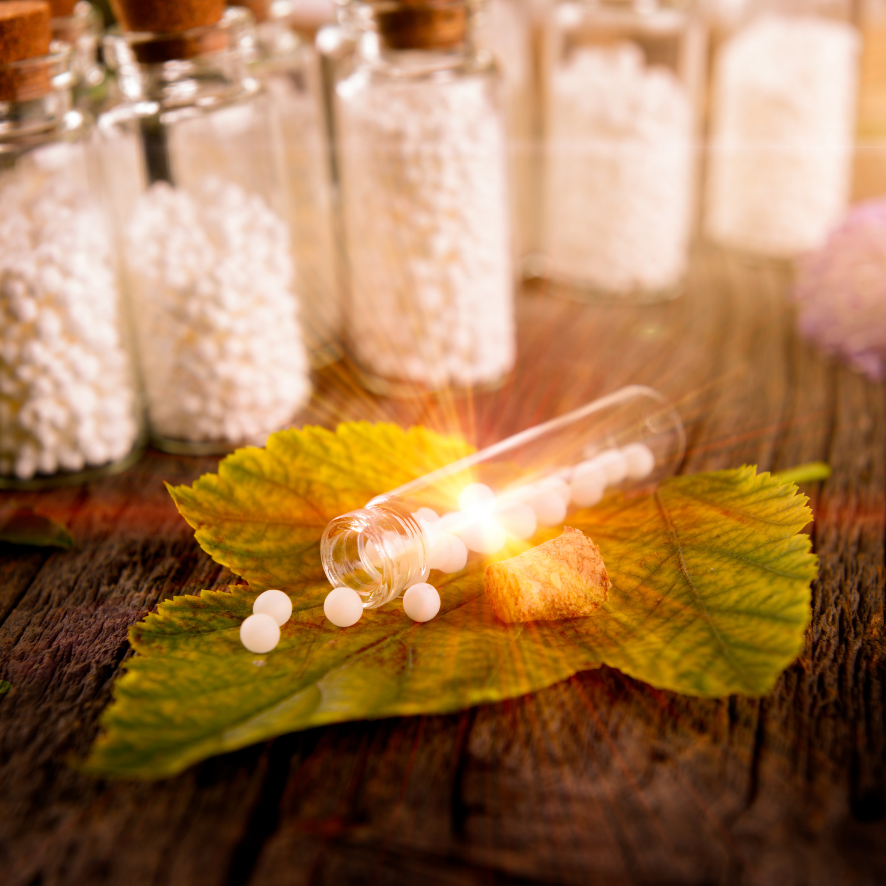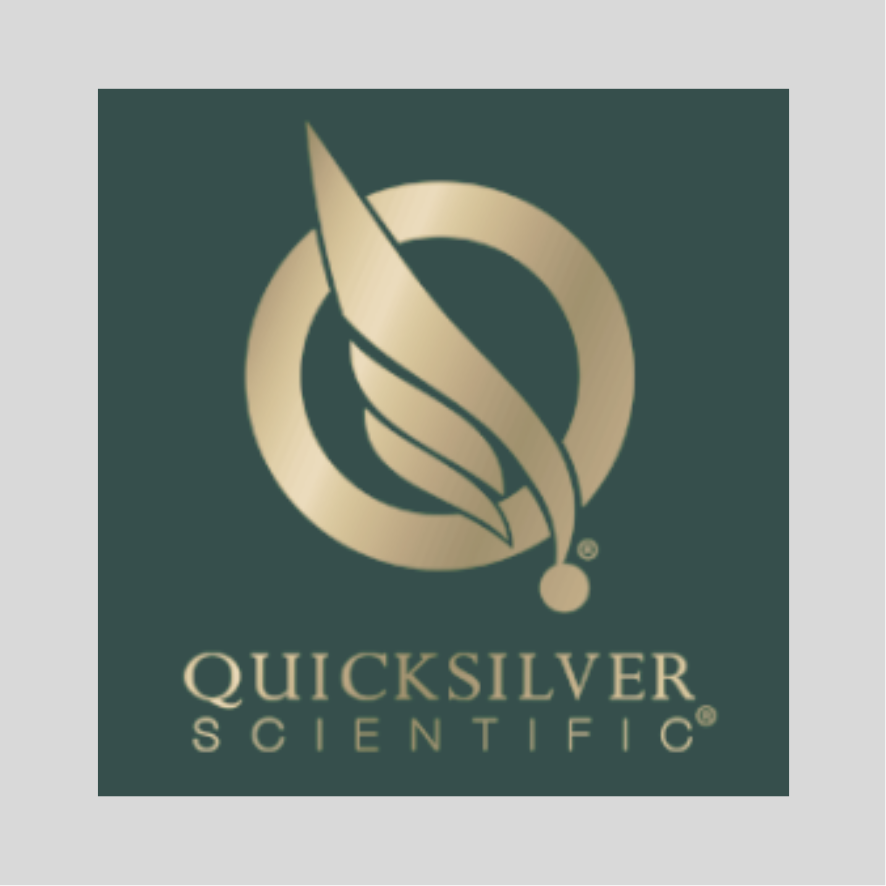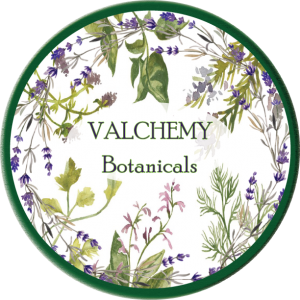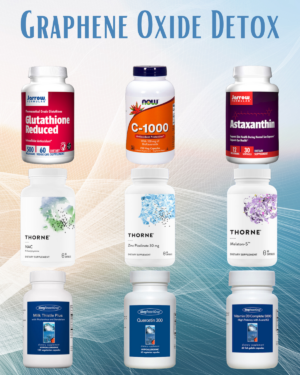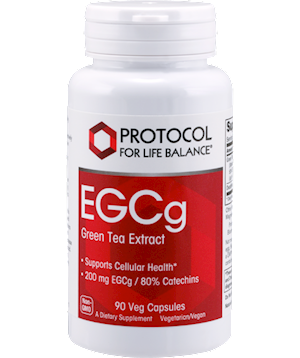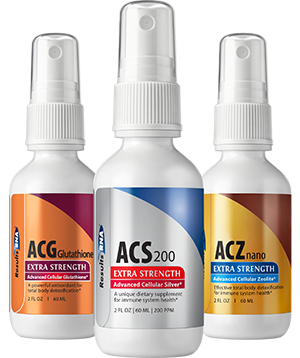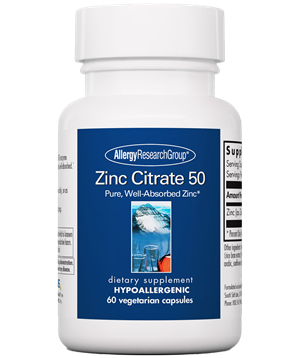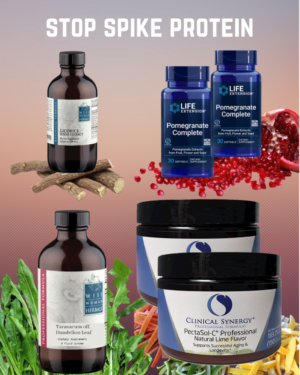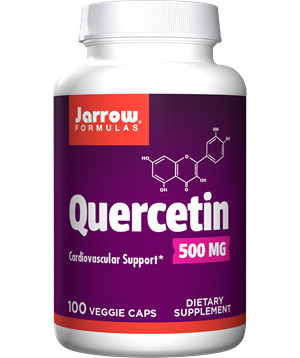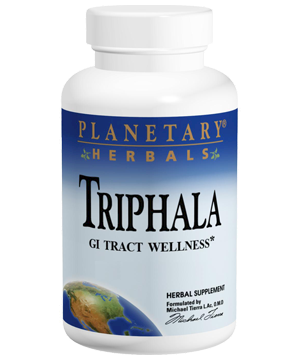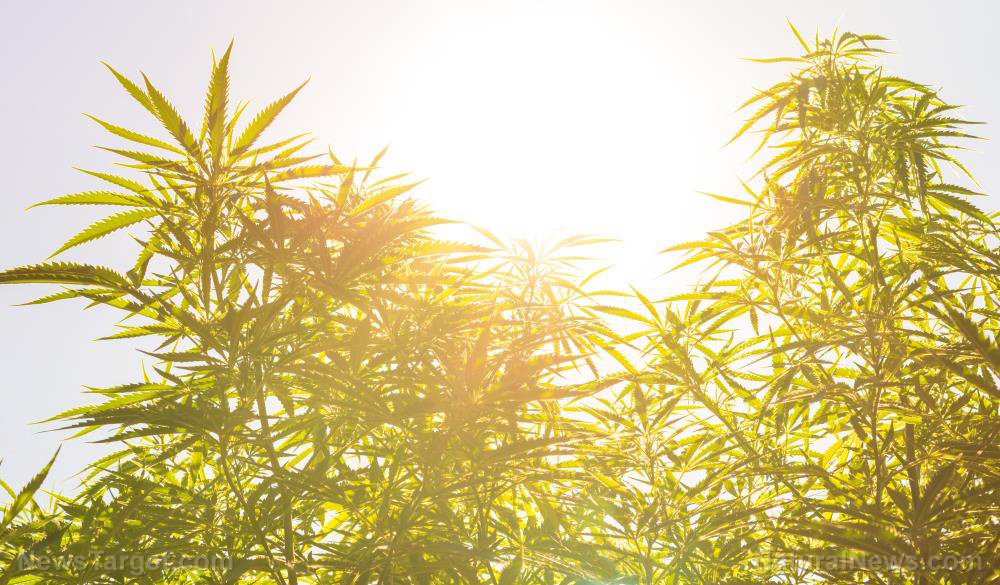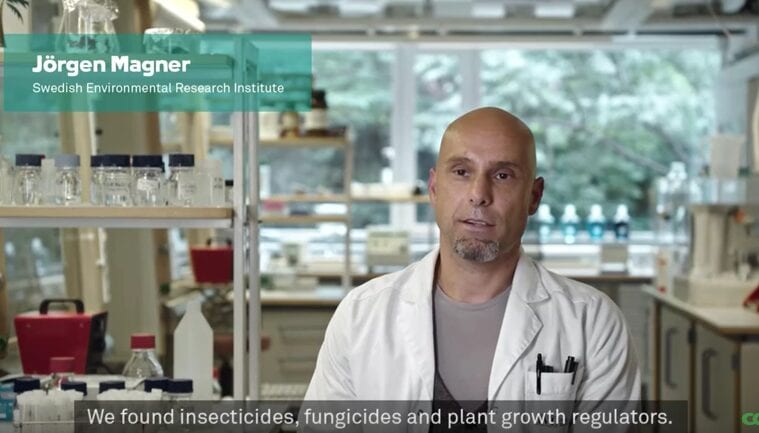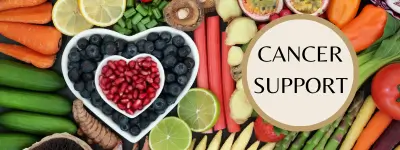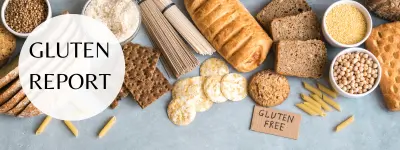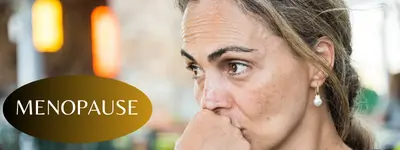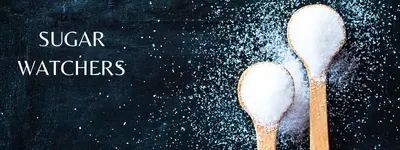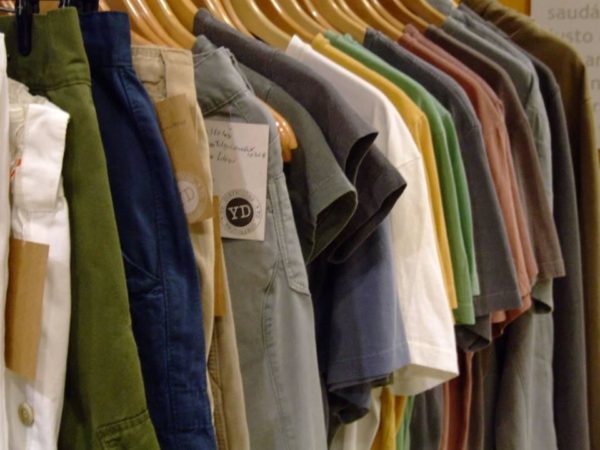
How are we doing today when it comes to our health and fashion?
In 1881, the Rational Dress Society challenged the fashion industry of its day. The Society protested against dress that “either deforms the figure, impedes the movements of the body, or in any way tends to injure health.” Seeking to do away with constricting and deforming garments such as corsets, the Society sought to insure each person would be “dressed healthily, comfortably, and beautifully.”
Our modern clothing industry is a $7 trillion enterprise utilizing more than 8,000 synthetic chemicals. Are we sacrificing our health in the name of fashion yet again?
The environmental watchdog group Greenpeace International released Toxic Threads: The Big Fashion Stitch-Up in 2012. After purchasing 141 items of clothing from 29 countries, Greenpeace noted the presence of endocrine-disrupting chemicals like phthalates and nonylphenol ethoxylates (NPEs).
All of the brands included in this study had one or more products that contained detectable levels of NPEs. They were also detected in one or more products from 13 of the 18 countries of manufacture, and also in products sold in 25 out of the 29 countries and regions of sale.
Clothing manufacturers like H&M, The Limited, and Levi Strauss have promised to eliminate these chemicals in response to the Greenpeace report.
Where does this leave us when it comes to our clothing purchases? Many organizations are encouraging a return to natural fabrics.
In 2009, the United Nations General Assembly initiated the International Year of Natural Fibres. Highlighting the health benefits of natural textiles, the initiative emphasized the breathability of non-synthetic fabrics.
Natural fiber textiles absorb perspiration and release it into the air, a process called “wicking” that creates natural ventilation. Because of their more compact molecular structure, synthetic fibres cannot capture air and “breathe” in the same way.
When looking at your wardrobe, note that only three items are required on labels: fiber content, country of origin, and manufacturer or dealer. Specific chemicals such as formaldehyde, triclosan, and fire retardants need not be disclosed. Factory conditions are not mentioned either. Are the workers being treated fairly? The Fair Trade Certified Apparel program is the first of its kind offering consumers an opportunity to consider the social, economic, and environmental impact of their shopping decisions.
The following chart may be helpful when reading clothing labels. (Note: linen is derived from flax and is therefore an excellent natural option.)
The above chart will also help when trying to reduce static cling. See All Natural Fabric Softener Solutions.
When trying to avoid synthetic chemicals, be aware that the following types of clothing indicate a higher use of chemicals such as formaldehyde, triclosan, and nanoparticles:
- Wrinkle-free
- Easy Care
- Waterproof
- Perspiration-proof
- Moth-proof
- Antistatic
- Chlorine-resistant
Dozens of manufacturers now produce safe, organic, natural clothing. A few of them are listed below.
Fabric
Nature’s Fabrics
NearSea Naturals
Organic Cotton Plus
Bedding
Naturepedic
LOOP Organic
Anna Sova Luxury Organics
Bambeco
Soaring Heart Natural Bed Company
Amana Woolen Mill
Baby
Our Green House
Organic Grace
Babyworks
The Ultimate Green Store
Adults and Children
Ecoland
Blue Canoe
Cottonfield
Faerie’s Dance
PACT
Patagonia
Fair Indigo
HAE Now
Groups and Organizations that Promote Safe Clothing
Textile Exchange
Wear Organic
Organic Trade Association
Labour Behind the Label
Eco Fashion World
By Andrea Fabry
DETOX SUPPLEMENTS
-
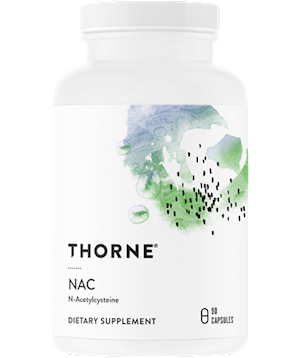
NAC 500 mg. 90 caps
$29.00 -
Sale!
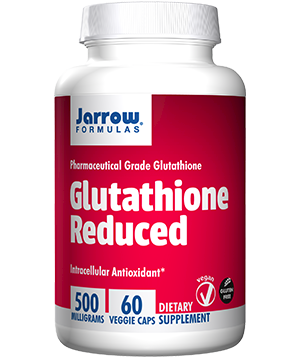
Glutathione Reduced 500 mg 60 caps
Original price was: $45.99.$41.39Current price is: $41.39. -
Sale!
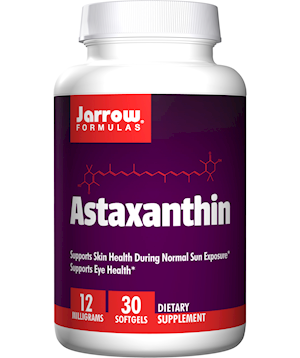
Astaxanthin 12 mg 30 gels
Original price was: $32.49.$29.00Current price is: $29.00. -
Sale!
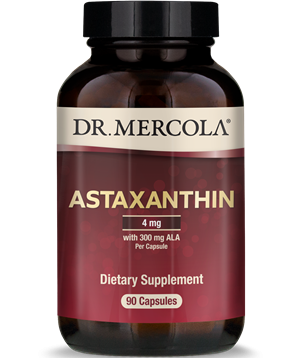
Astaxanthin 90 caps
$44.99 – $115.97 -
Sale!
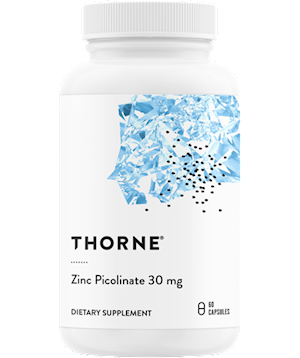
Zinc Picolinate 30mg 60 caps
Original price was: $15.00.$13.75Current price is: $13.75. -

Orgonite Shungite Pyramids
$120.00 – $480.00 -
Sale!
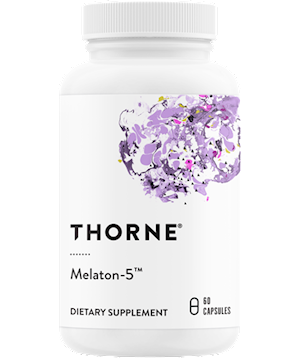
Melaton-5 Melatonin
Original price was: $19.00.$17.50Current price is: $17.50. -
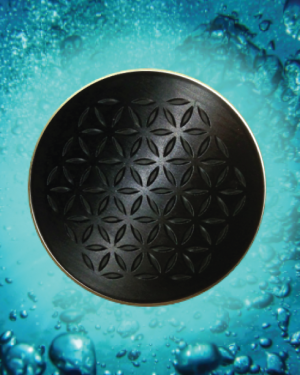
Black Shungite Orgonite Charge Plates
$100.00 – $200.00 -
Sale!
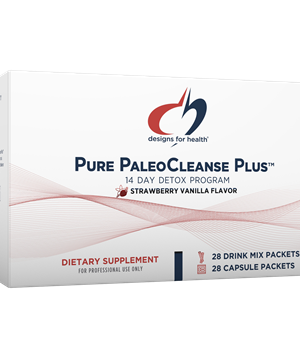
Pure PaleoCleanse Plus 14 Day Detox
Original price was: $174.99.$156.60Current price is: $156.60. -
Sale!
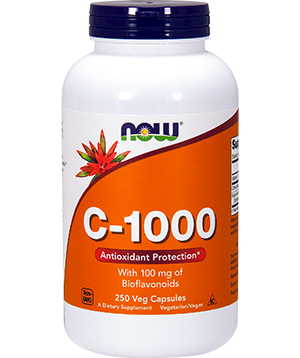
NOW Vitamin C 1000 mg
Original price was: $29.99.$26.00Current price is: $26.00. -
Sale!
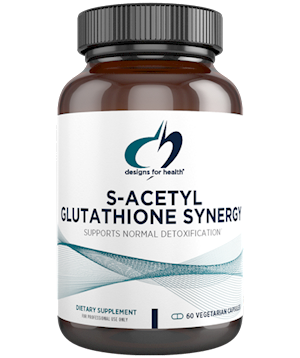
S-Acetyl Glutathione Synergy 60 vcaps
$66.99 – $115.50 -
Sale!
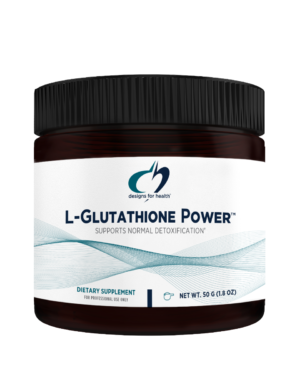
L-Glutathione Power 50 gms (powder)
Original price was: $117.46.$104.20Current price is: $104.20. -
Sale!
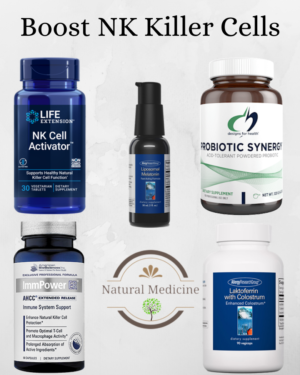
Boost Natural Killer (NK) Cells
Original price was: $277.18.$209.00Current price is: $209.00.



